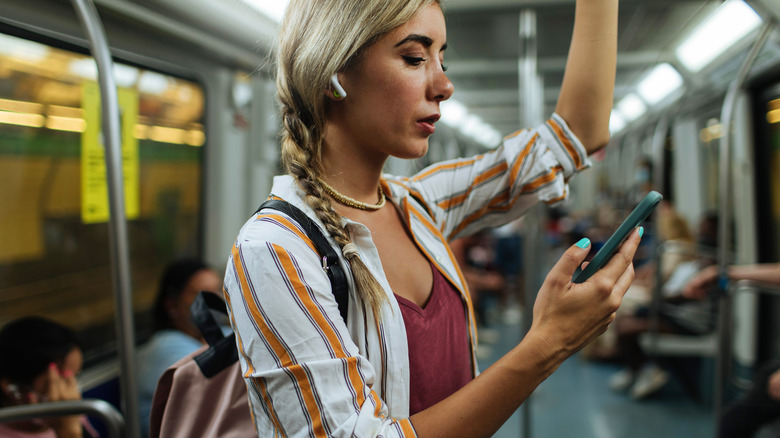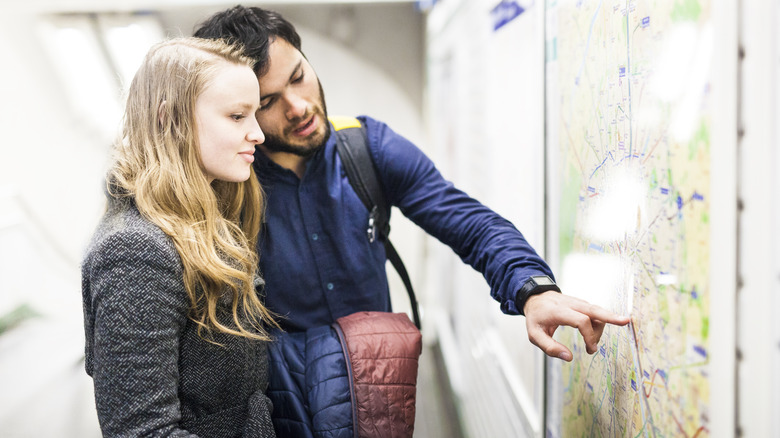Planning Planes, Trains And Automobiles
Nicole Cord-Cruz
If you think about it, riding subways and railroads is often akin to going through a maze. Transport systems are notorious for being complicated, with the trains following an intricate route to get you from point A to point B. It’s just like riding a flat rollercoaster with all the twists and turns, except that you don’t get that sinking feeling in your stomach (most of the time). But while riding trains is super convenient, it’s also undoubtedly tricky, considering how each city has its own mind-boggling map. And, if you’re a traveler navigating a big city for the first time, it’s easy to get lost in the maze and end up on the wrong side of town.
A study published in Science Advances notes that railways in big cities like New York, Paris, Tokyo, and London are so convolutedly designed that they challenge what the human brain can handle. This isn’t even because they have multiple stops, but it’s due to the amount of connections. “What makes it messy is the presence of different possibilities,” Marc Barthelemy, one of the study’s authors, told The Washington Post. “When you arrive at a specific point, you have many choices.”
The last thing you want is to end up in the middle of nowhere, especially if you’re traveling alone, so if your primary mode of transportation is the subway, you need to have a guide with you at all times. And, if you can’t be online 24/7, the smart thing to do is to access train maps the (semi) old-school way: By saving their digital copies on your phone.
Don’t forget to download a photo of the subway map before venturing out

Mihailomilovanovic/Getty Images
When you’re traveling, you can’t expect to have access to GPS-powered apps all the time, especially when you’re underground with barely any cell service. To avoid getting lost, download a photo of the specific subway system of your destination so you always have a reference point to guide you in case you can’t connect to the internet. Ideally, the image of the map will be in high definition, so you can easily zoom in and browse it clearly when figuring out which routes to take. You should also save it in a separate folder in your gallery so the picture won’t get lost in the sea of travel photos you’re taking throughout the trip.
Alternatively, you can also procure a copy of the physical map in case your phone dies or download the subway map via your preferred navigation app for quick offline access. Travel apps like Google Maps and Moovit offer offline functionality, allowing you to continue navigating without a data connection. Or, when push comes to shove, you can always ask a local for directions.
Whether it’s your hotel concierge, the person manning a convenience store, or staff from the ticketing booth itself, there’s no one better equipped to answer your navigation-related question. Not only will this help you interact with new people on your travels but you’ll get to put your foreign language skills to the test, too. After all, you didn’t memorize all those new phrases for nothing.

